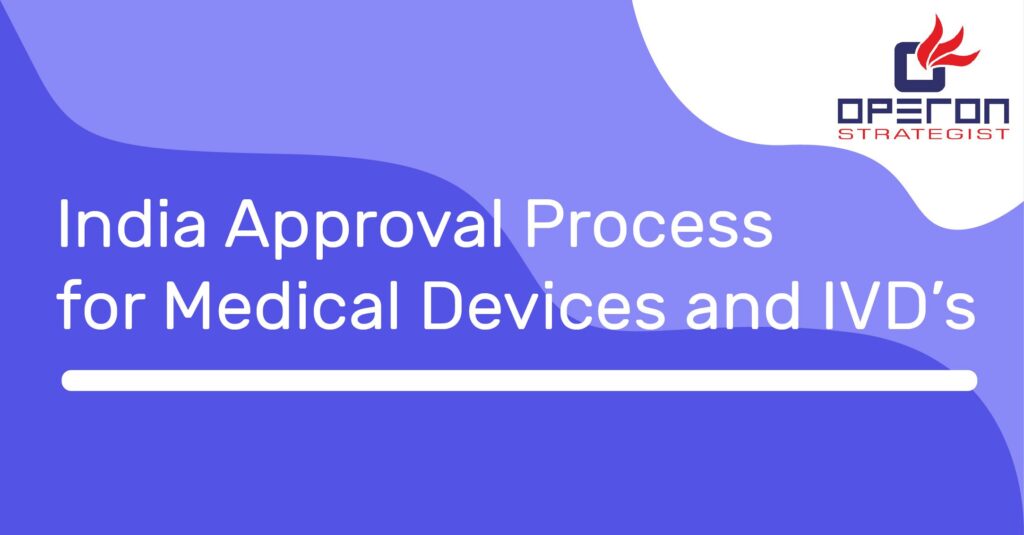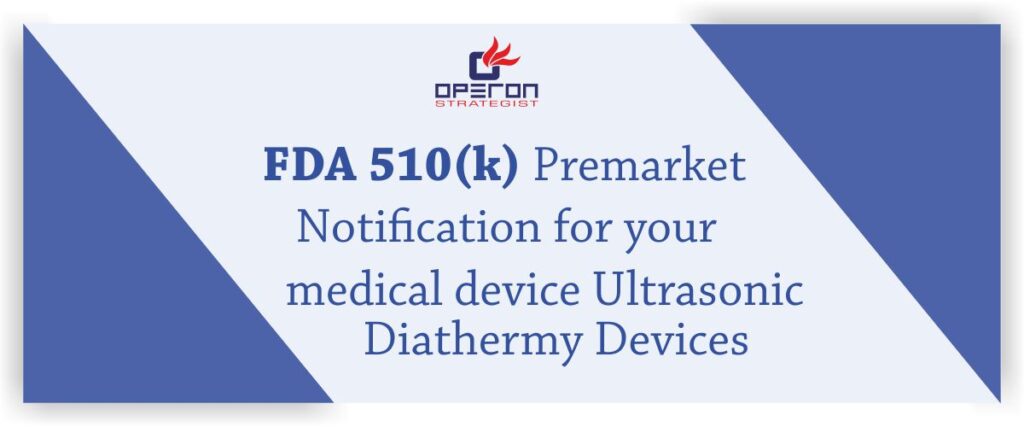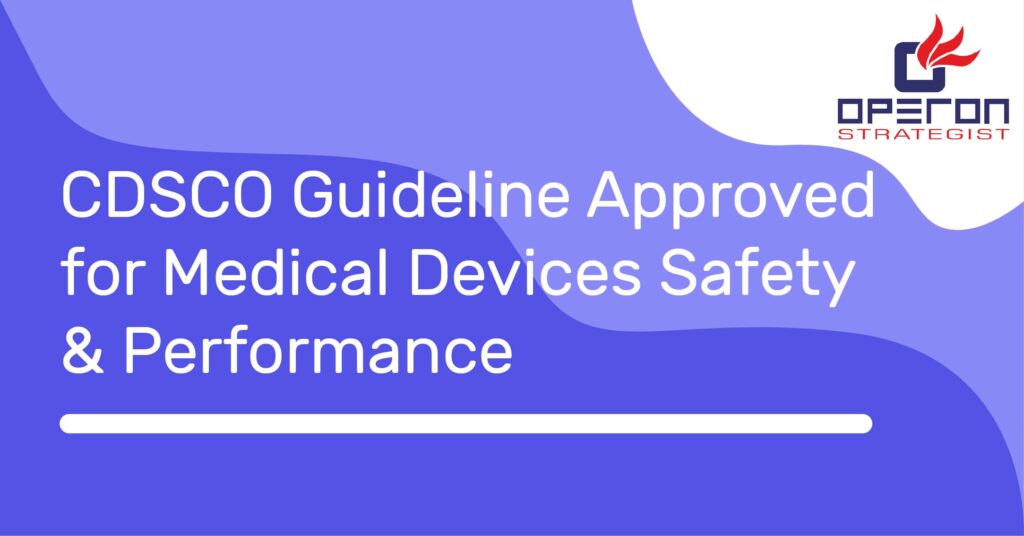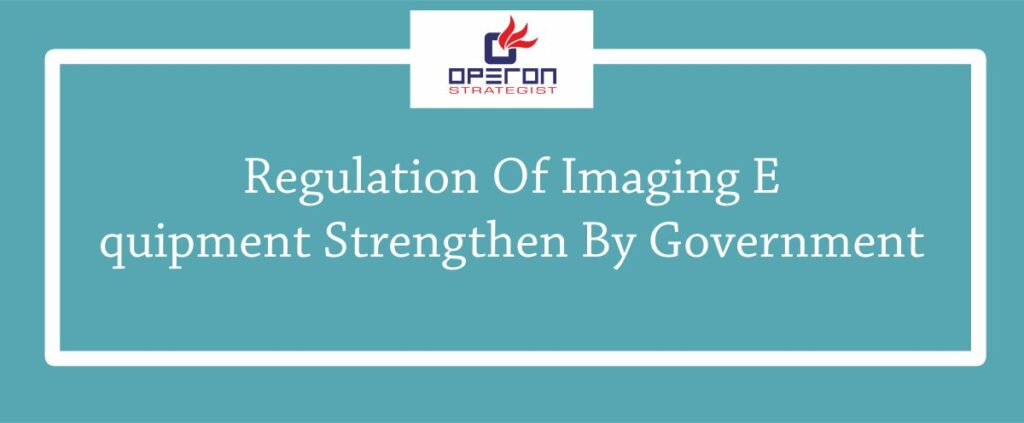India Approval Process for Medical Devices has been a very eye catching topic. The Indian medical regulatory system has become more complicated in recent years. In the past, medical devices did not need to be approved at all, but that is not the case today. In India, there are about 30 device “families” that outline which specific medical devices need to be registered. With the rising opportunities in India comes increasing regulations that companies must face and overcome.
Before manufacturers of certain medical devices can sell within India, they need to be in compliance with India’s medical device regulations. Indian authorities overhauled the India Approval Process for Medical Devices in 2017 with the publication of the Medical Device Rules. The rules came into force in January 2018 and devices are regulated by the Central Drugs Standard Control Organization (CDSCO), an agency of the Ministry of Health and Family Welfare. To manufacture or sell a medical device firm/person need to have a CDSCO manufacturing license or need to complete CDSCO registration process.
While global Med Tech companies dominate the market in India by revenue, their presence has largely been limited to higher-end devices and capital equipment, with some exceptions. Until recently, due to the India Approval Process for Medical Devices, Indian regulations covered only 15 “notified” categories, such as syringes, needles, stents, and orthopedic implants; the rest of the market has been largely unregulated.
Rules released in 2017 explained that more categories would get notified over time and, indeed, the number of notified categories is being expanded to 37 by April 2021. Still, outside of these “notified” device categories, players with unproven designs, little or no quality control, limited defect tractability, and inconsistent reliability could operate with relative abandon in India. Because of this dynamic, even domestic Indian companies with superior standards have had to resort to overseas markets to maintain profitability while facing cost pressures from low-end competitors — local as well as East Asian.
India Approval Process for Medical Devices and IVD’s
- Medical devices and IVDs are regulated by the Drug Controller General of India (DCGI) within the Central Drugs Standard Control Organization (CDSCO), part of the Ministry of Health and Family Welfare. The regulatory framework for medical devices is based on the Medical Device Rules, 2017. Only a limited number of medical devices and IVDs require registration in India. A full list can be found in the CDSCO’s Notice on the classification of medical devices and IVDs.
- Appoint an India Authorized Agent to interact with the CDSCO on your behalf. Your Agent must have a valid wholesale license (Forms 20B and 21B/21C), and be granted Power of Attorney to manage your registration and device importation in India.
- Class B, C, and D IVDs require in-country performance testing through the National Institute of Biological (NIB) or an accredited lab. Class D IVDs require performance testing through the National Institute of Biological (NIB). Class B and C IVDs require performance testing through an accredited Indian lab, though CDSCO may instead accept existing reports for such products with approval in a major regulatory market.
- Compile device application (Form MD-14), including manufacturing facility information, device technical information, ISO 13485 certificate, IFU, testing results (if applicable), clinical data (if applicable), proof of approval in the US, EU, Australia, Canada, or Japan, plus proof of approval in your home country (satisfied by CFS/CFG).
- File application for registration/Import License with the CDSCO and pay fees. All documents must be in English.
- The CDSCO reviews applications and may require a Technical Presentation. Approximately 25% of applications require a formal Technical Presentation. The Technical Presentation is an in-person meeting with the CDSCO to discuss the product in more detail. A representative from the manufacturer (such as an engineer) is expected to attend this meeting along with the India Authorized Agent.
- The CDSCO issues an Import License in Form MD-15. Following the implementation of the Medical Device Rules, 2017, the processes for obtaining device registration and import licensing were combined in India. Accordingly, the CDSCO does not issue Registration Certificates under the Medical Device Rules, instead issuing market authorization for foreign devices through the Import License (Form MD-15). The License does not expire; however, license retention fees are due every five years.
- Once approved, only your India Authorized Agent may import products. However, you can obtain multiple registrations for the same device through different Authorized Agents.
The Indian government is an active player in this game. For one, it is encouraging local and global companies to assemble, manufacture, and even design devices in-country as part of the “Make in India” initiative by India Approval Process for Medical Devices. Secondly, India’s federal government has imposed price controls on some categories, such as stents and knee implants. This will further drive domestic manufacturing by both local and global companies.
The global medical device industry is highly innovative and technology driven, changing the face of healthcare worldwide. Globally, it is a rapidly advancing industry impacting and improving aspects such as diagnosis, treatment and delivery but in India. India Approval Process for Medical Devices is a good understanding for the industry will help ensure that the country is poised to capitalize on opportunities provided by medical technology to improve national healthcare. CDSCO often issue new guidance and update regulations for the safety and improvement of devices, our team of Medical device regulatory consultant knows every know how of the regulations so that we can assist our clients.

-
Operon Strategisthttps://operonstrategist.com/author/snehal/
-
Operon Strategisthttps://operonstrategist.com/author/snehal/
-
Operon Strategisthttps://operonstrategist.com/author/snehal/
-
Operon Strategisthttps://operonstrategist.com/author/snehal/




